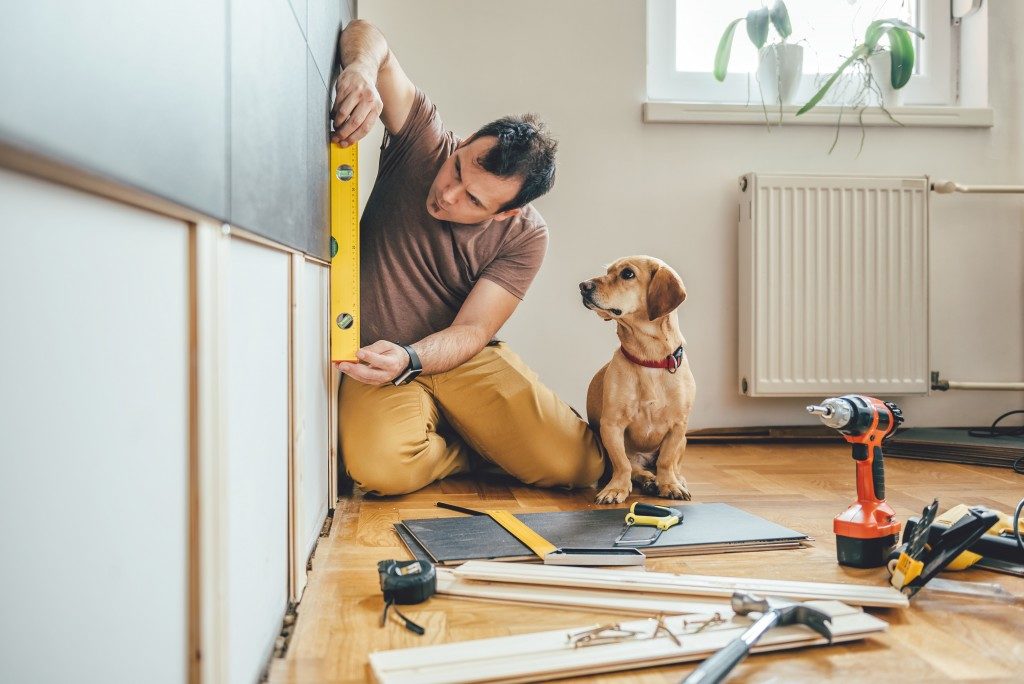- Developers must create a comprehensive safety plan to ensure worker safety on the construction site.
- Communicate the safety plan effectively to all workers on the construction site by holding regular meetings or training.
- Providing protective gear and equipment helps reduce the risk of accidents or injury on the job site.
- Developers should perform standard tests on all machinery, equipment, and tools to ensure they are safe.
- Conduct routine maintenance checks and safety inspections to ensure that all equipment is in good working condition.
When it comes to construction, worker safety is paramount. A safe work environment is essential for workers to feel comfortable and secure in their job, and a safe and secure workplace helps ensure that the project runs smoothly and on schedule. Developing a comprehensive safety plan is essential in ensuring that everyone involved in a construction project is safe.
Common Standards in Construction
Construction safety standards are essential for keeping workers safe and protected on the worksite. These standards help ensure that all employees have a safe working environment, free from hazards or potential risks. They also guide how to handle hazardous materials and proper procedures for operating machinery and equipment. Furthermore, these safety standards set specific guidelines on what protective gear workers should wear while on the job site. Some include:
- Scaffolding
- Fall Protection
- Head Protection
- Excavations
- Electrical

Safety Plans
Safety plans are essential for any construction project, as they help ensure that workers are kept safe and secure on the job site. Developers should start by creating a comprehensive safety plan that outlines all of the steps necessary to ensure worker safety on the construction site. By adhering to these standards, companies can reduce the risk of accidents or injury on the worksite. Additionally, having a comprehensive safety plan in place provides peace of mind for employers and employees.
Establishing Protocols
This plan should include regular inspections of the site, training sessions for workers, frequent check-ins with contractors, and more. The plan should also outline emergency protocol and contact information if something goes wrong. It’s also important to emphasize that safety plans should be updated regularly as new regulations or technologies are introduced onto the work site.
Construction workers should immediately report to their supervisors or designated personnel in an emergency. Emergency protocols should be established in advance and communicated to all personnel on the site. For example, if a worker is injured on the job, the protocols should specify who should be notified and how quickly the injured worker should be provided with medical attention.
Communication
Once the safety plan has been established, developers must communicate it effectively to all workers on the construction site. This includes holding regular meetings or training where workers can discuss any questions or concerns about their jobs and how they can stay safe while working on the project. It also means taking feedback from workers seriously when they report potential risks or hazards onsite so that they can be addressed before anyone gets hurt.
Protective Gear & Equipment
Providing protective gear and equipment is another key part of ensuring worker safety on a construction site. Developers should make sure that all workers have access to hard hats, goggles, face masks, boots with steel toe caps, gloves, ear protection (for those who will be exposed to loud noise), harnesses (for those working at heights), and other necessary equipment. It’s also essential for the concerned departments to periodically inspect these items for wear and tear or damage before issuing them out again to ensure maximum protection for each worker wearing them.

Preparations and Testing
Equipment testing is an essential step in ensuring worker safety on a construction site. It involves inspecting, testing, and verifying the performance of machinery, equipment, and tools to ensure that they are safe and suitable for use by workers. This includes checking for any potential risks or hazards before the equipment is used onsite.
Before testing, developers must ensure employees are familiar with the equipment and have received appropriate training on how to use it safely. Additionally, they should inspect the work site to provide adequate space for workers to move around and safely access the machinery and tools. For example, they may implement the best practices for load testing, such as leveling the ground and providing clear warning signs for workers.
Developers can also follow up after testing by conducting routine maintenance checks and safety inspections to ensure that all equipment is in good working condition and that any potential risks or hazards have been addressed. This will also help prevent accidents or injuries on the job site.
Ensuring worker safety on a construction site is an essential responsibility of developers and contractors alike. By developing an effective safety plan, communicating it clearly with workers, providing appropriate protective gear and equipment, and performing regular inspections of the work area, developers can help ensure everyone involved in a construction project stays safe throughout its duration—no matter what unexpected surprises may arise!


